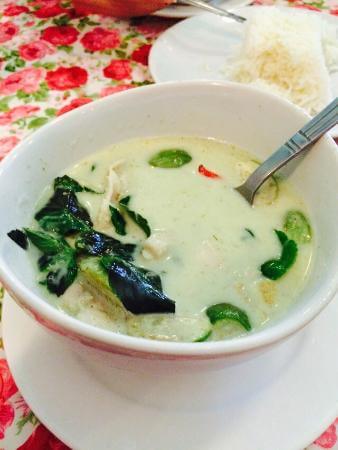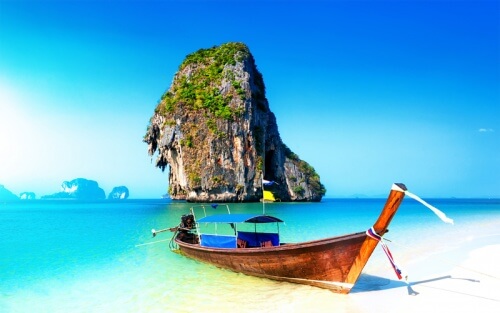
Buddhism and Sri Lankan Cultural Heritage
Buddhism has been a great civilising force of the Sri Lankan people since it was introduced in the 3rd century BC by Venerable Mahinda the son of the Indian Emperor Ashoka.
Sri Lanka, with a population of 20 Million out of which 75% is Sinhalese Buddhist, has the longest continuous history of Buddhism compared to any other Buddhist nation. Sri Lankan culture has been nourished by Theravada Buddhism & is dating back as far as 2600 years.
Buddhism is based on teachings attributed to Siddhartha Gautama, who is known as the Buddha ‘The enlightened one’. It is a ‘non theistic’ religion & doesn’t involve any believe in God. Instead, it encompasses a variety of traditions, beliefs and practices.
Buddhism has greatly influenced Sri Lankan way of life although this is less apparent today specially in cities like Colombo. Majority of Sri Lankans are quite conservative and have simple life style. They believe in the effects of karma and the cycle of death and rebirth. Some Buddhists exempt completely from eating meat & the ultimate goal would be to attain ‘Nirvana’ a transcendent state in which there is neither suffering, desire, nor sense of self.
However, Sri Lankan Buddhists have eventually adopted religious elements of Hinduism in their religious practices. Some of these practices may relate to ancient indigenous beliefs and traditions on spirits, worship of deities etc.
The Sri Lankan culture centres around the temple. Kandy ‘Dalada Maligawe’ which house the ‘tooth relic of Buddha’ is one of the sacred places on the Island. It is believed that Sinhalese as an ethnic group are destined to preserve and protect Buddhism in the country. Therefore, Sri Lanka has been ruled by Sinhalese Buddhist kings and leaders for many years in the past to date.
Buddhism has formed & shaped Sri Lankan heritage. In most instances, Sri Lankan arts & crafts, Literature, music & dancing, beliefs and traditions have originated from religious beliefs. This is represented in many forms such as painting, sculpture, and architecture.
Such as, the paintings and statues found in the ‘Dambulla Cave temple’ are related to Lord Buddha and his life. The frescoes found at Sigiriya and Temple of the Tooth Relic in Kandy are with historical value.
UNESCO has identified six archaeological World Heritage Sites in the island, such as Anuradhapura, Polonnaruwa, Dambulla, Sigiriya, Kandy & Galle fort. Most of these World Heritage Sites within a compact area called the Cultural Triangle.
These are few of the places not to be missed! You can see these amazing sites for yourself with a Direct Traveller Sri Lankan cultural triangle tour which explores the very best of the region in the comfort of a private tour, chauffeured by your own guide.
https://www.directtraveller.com/blog/buddhism-and-sri-lankan-cultural-heritage/https://i1.wp.com/www.directtraveller.com/blog/wp-content/uploads/2014/09/dambulla-caves1.jpg?fit=500%2C331&ssl=1https://i1.wp.com/www.directtraveller.com/blog/wp-content/uploads/2014/09/dambulla-caves1.jpg?resize=150%2C150&ssl=1UncategorizedSri Lanka Buddhist temples,Sri Lanka cultureBuddhism has been a great civilising force of the Sri Lankan people since it was introduced in the 3rd century BC by Venerable Mahinda the son of the Indian Emperor Ashoka.
Sri Lanka, with a population of 20 Million out of which 75% is Sinhalese Buddhist, has the longest continuous...
Direct
Travellermarketing@directtraveller.comAdministratorDirect Traveller





